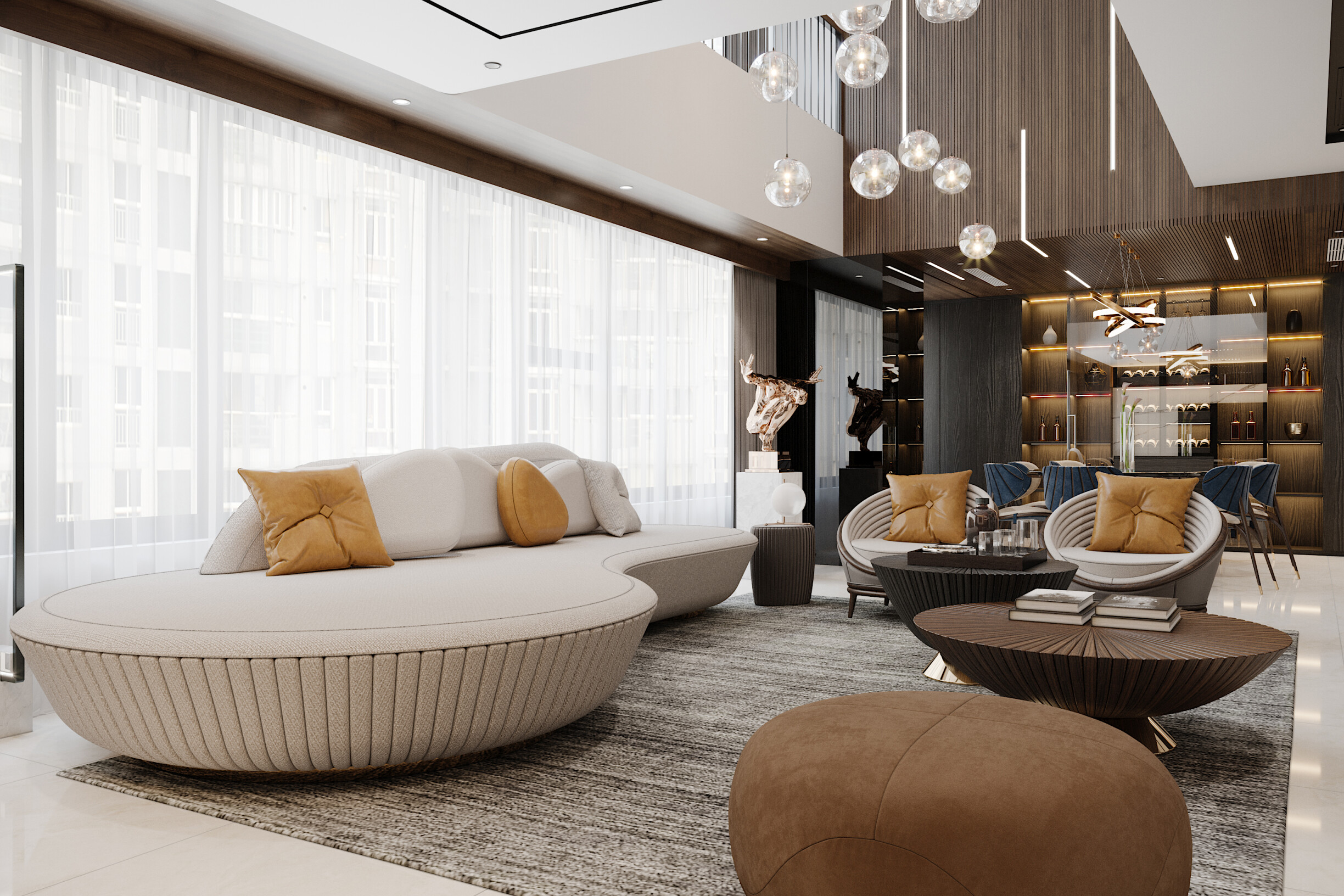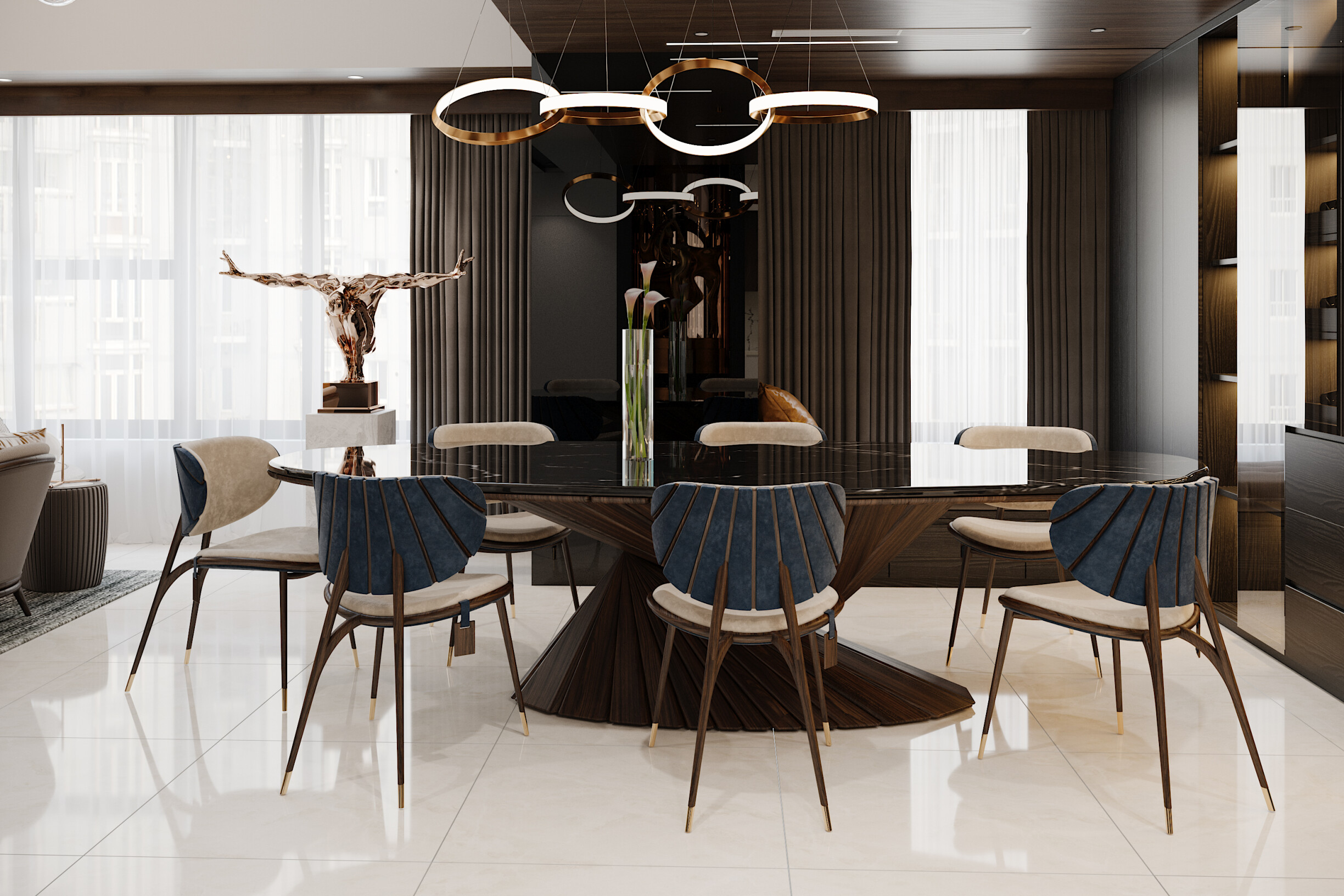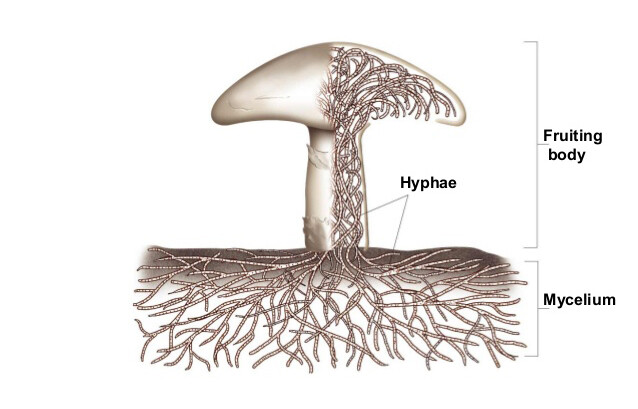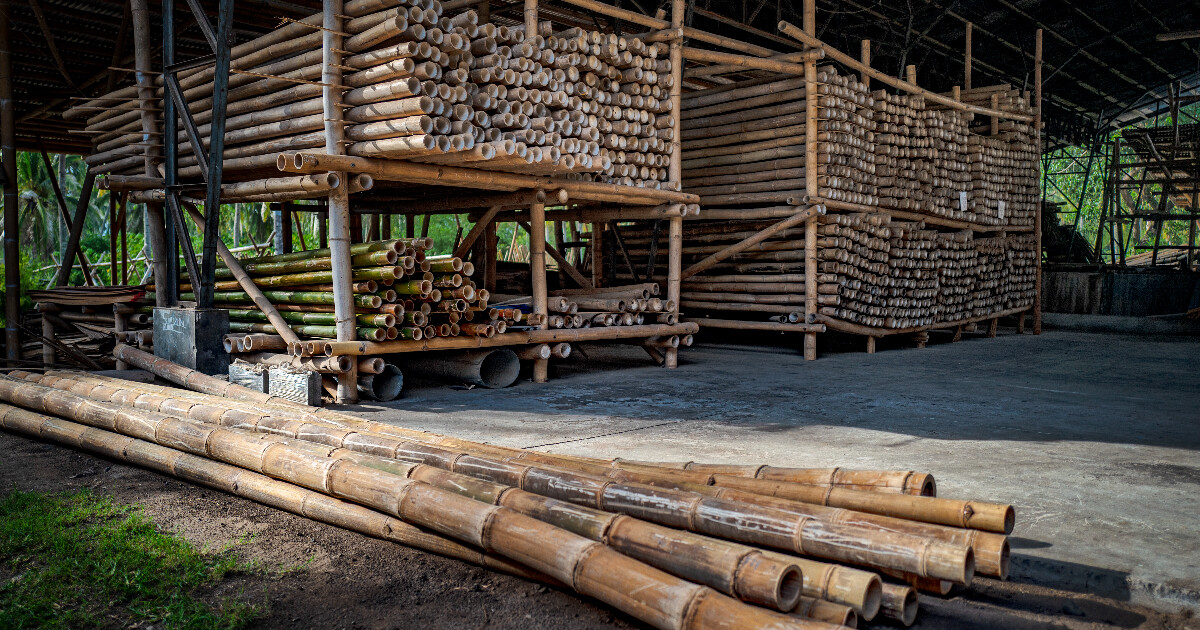Sustainability is imperative in every industry, and interior design is no exception. In a world where natural resources are increasingly scarce, professionals face the challenge of designing and creating spaces that reflect beauty and functionality and respect the planet. This responsibility becomes even more evident when considering that the construction and design sector is responsible for around 37% of global carbon emissions.
Interior designers, by integrating sustainable materials, play a role in reducing this impact and promoting more conscious choices. Their influence is significant, especially when considering that 86% of European consumers are willing to adapt their consumption habits to protect the environment. This includes seeking eco-friendly solutions in their work and living spaces.
Is it possible to ignore this reality?
To turn this intention into practice, interior design takes on an innovative role, exploring less conventional materials like bioplastics, mycelium, and treated bamboo. These materials, with their unique characteristics, can enhance the success of your projects, giving them identity and modernity. Have you heard of them? They are ecological alternatives that can truly inspire your design journey.
This article will explore the universe of lesser-known sustainable materials and their application in interior design. Discover how these choices can transform projects into creative and environmentally responsible solutions.

“As an architect, you design for the present, with an awareness of the past, for an unknown future. The green agenda is the most important agenda and issue today."
Norman Foster, English architect and designer
Adopting sustainable materials in interior design is not just a trend but a fundamental response to today's environmental challenges. For designers and architects, this option preserves the environment and is an opportunity to create innovative and unique projects.
Some of the key benefits of sustainable materials include:
1. Reduced environmental footprint: materials such as mycelium and bioplastics help minimize the carbon footprint by using fewer resources during their production;
2. Durability and resistance: treated bamboo or certified wood are more durable, reducing the need for frequent replacements and promoting more efficient use of resources;
Distinctive aesthetics: recycled glass or ecological fabrics offer unique textures and finishes, giving an exclusive touch to spaces.

Projects that integrate eco-friendly materials communicate a social and ethical commitment that resonates with today's public. Consumers increasingly value visually appealing spaces that reflect environmental responsibility. For professionals, this translates into greater recognition and differentiation in the market.
Combining style and functionality with sustainability is the main objective of any contemporary project. Many sustainable materials are an opportunity to explore new creative approaches, inspiring solutions that reinvent spaces.
By opting for these solutions, interior professionals are not only responding to an urgent need for the planet. They are leading positive change that transforms the way we live and work in the spaces we inhabit.
Although people are already more familiar with materials such as recycled wood and tempered glass, the world of sustainable materials is vast and full of innovative and little-explored options. These convention-defying alternatives offer a rich palette of textures, finishes, and features for interior design professionals. Let's explore lesser-known but auspicious materials that can be creatively and sustainably integrated into home décor projects.
Bioplastics are an ecological alternative to traditional plastics. They are manufactured from renewable resources, such as corn starch, sugarcane, polylactic acid (PLA), or cellulose. Unlike conventional plastics derived from fossil fuels that take hundreds of years to degrade, bioplastics are biodegradable and compostable.
Bioplastics reduce the use of petroleum-based plastics and can be molded into different shapes and sizes, allowing for customized designs. Furthermore, they are highly resistant to wear, making them ideal for high-traffic areas.
This eco-friendly material can mimic the look and feel of traditional materials like wood, leather, and textiles while being more sustainable and eco-friendly. It can be used to create furniture, such as chairs and tables, or in decoration through elements such as lamps and decorative panels.
If you didn't know, mushrooms can also be used in interior design. That's right. Mycelium can replace plastics, leather, meat, and other unsustainable industrial products.
Mycelium is a network of filaments that forms the vegetative part of fungi. It is completely biodegradable and grows quickly, making it a low-environmental-impact option. Mycelium is also gaining prominence as a sustainable construction material. It can be used for acoustic panels, partitions, or furniture, creating unique pieces with an organic and natural look.
One of the main benefits of using mycelium in product design is its ability to grow and form complex structures without needing external inputs like water and sunlight. Furthermore, although it is a strong material, it is lightweight and easy to handle. Another of its advantages is its thermal and acoustic insulation capacity, improving the energy efficiency of spaces.

Treated bamboo is an excellent alternative to conventional wood. It also has the advantage of being one of the fastest-growing plants on the planet.
Bamboo is flexible, allowing it to be used in various ways, from furniture to decoration. Lighting is another area where bamboo can make a significant contribution. Bamboo lamps and pendants provide a gentle and inviting illumination with a distinctive design that complements modern and rustic settings.
Bamboo is highly resistant and durable, ideal for areas of heavy use. Aesthetically, bamboo provides an exotic and natural finish that adds warmth and sophistication to spaces. It is also important to mention that bamboo is naturally resistant to pests, which increases its durability in indoor spaces.

Recycled glass is an alternative that reduces the quality of waste sent to landfills. Glass can be fully and endlessly recycled without losing quality or purity. At the same time, it is an aesthetically beautiful and highly functional material. Recycled glass can be used in kitchen countertops, interior decoration (such as vases or lamps), and even on floors and coverings, offering a modern and ecological aesthetic.
This material reduces the need for new glass production, saving natural resources and energy. Being resistant and easy to maintain, recycled glass guarantees longevity. Finally, it is available in a variety of colours and textures, allowing for creative flexibility.

More than choosing eco-friendly materials, your challenge as an interior designer is to combine them creatively to create functional and visually appealing areas. You can use treated bamboo or mycelium to develop unique and eco-friendly furniture pieces for a lobby. Another option is to choose bioplastics or recycled glass to coat surfaces.
Sustainability is no longer a passing trend but has become an imperative in interior design. As environmental challenges increase, the responsibility of professionals in the field to adopt sustainable materials becomes even more urgent. Choosing eco-friendly materials contributes to preserving the environment and opens doors to innovation, creating more decadent spaces in meaning, functionality, and aesthetics.
Implementing sustainable materials is a necessity. To create a more sustainable future, designers must commit to exploring and adopting these materials in innovative ways, always seeking alternatives that benefit both the planet and the spaces they design.
Do you need ideas on how to use sustainable materials in your projects? Visit ALMA de LUCE's Pinterest to see ideas that best suit your needs, your taste, or your client's desires. Once you're inspired, want some help getting started? Contact us here.😉